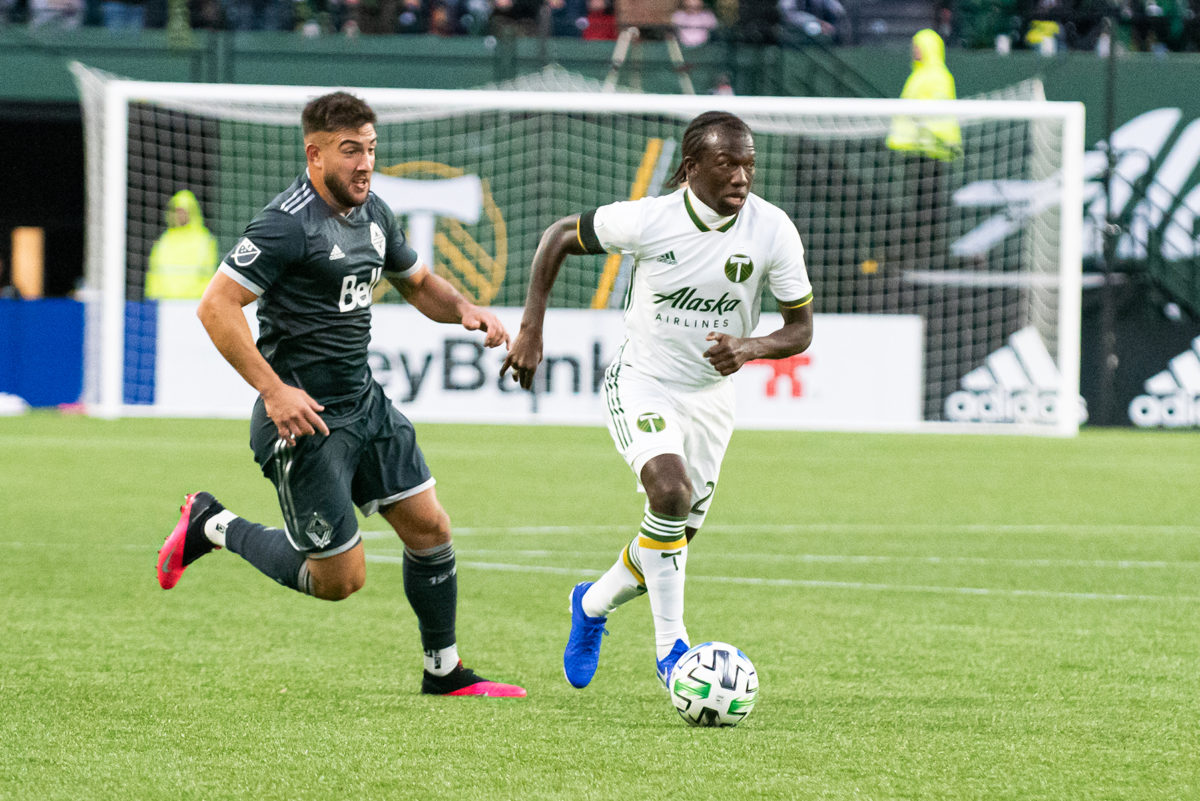The Thorns met with the USWNT U-23 team Wednesday night and came away with a sound 4-1 victory. Still, the game was not as comprehensively dominant for the Thorns as the scoreline would suggest.
The U-23s got on the scoreboard early, in the 13th minute, with a chipped ball from inside the box that sailed into the side netting. The Thorns wouldn’t score their first goal until nearly an hour later.
Portland’s starting XI was heavily rotated from Sunday night’s game against Racing Louisville:
Hogan
Nally- Menges – Provenzano – Beckman
Sinc – Porter – Rodríguez
Beckie – Bedfort – Vasconcelos
Here is a quick breakdown of how these starters played:
Players I want to see more from
Hannah Betfort: Betfort is the definition of a player who doesn’t quit. She is often taken to the ground and is unlucky to not be rewarded with more fouls. However, for the amount of chances she had on Wednesday alone, she should have had more positive output. There was one moment in particular when a loose ball made its way to her feet within the six yard box, the U-23 keeper caught off her line. Instead of tapping it in, Betfort ended up completely skying the ball, unable to tie the score. Before Betfort can compete for a starting spot in the Thorns, her scoring and shooting needs to be much more consistent.
Michelle Vasconcelos: Vasconcelos was one of the only players to start both preseason games so far. Unfortunately, neither performance has been that convincing. She played on the left wing on Wednesday, but was often caught losing the physical battles to the U-23 defenders, getting the ball poked out from under her, or unable to round the corner to get off a cross. With the forward pool so deep for the Thorns, I don’t foresee Vasconcelos getting many minutes, but it does seem that Mike Norris rates her and is giving her plenty of opportunities to show her skills.
Christine Sinclair: Sinc is an absolute legend of the game; that I cannot deny. However, watching her play, especially against a team of entirely college students, her age and speed are on full display. While her soccer IQ is still undoubtedly high, her body seems to be moving much slower than her mind is. Her first touch was often off, and she played the ball backwards more frequently than she did forwards—a problematic distinction for an attacking midfielder. She had a shot or two on goal, but both were tame, rolling straight at the U-23 keeper. Unless Sinc can show she can keep up with the pace of the game, she is much more adept in a role of mentor and supersub for the Thorns.
Players I thought played well
Izzy D’Aquilla: The newly-signed Thorn was subbed on in the 20th minute after Janine Beckie was injured. From the moment she stepped on the field, which is always more difficult when you’re coming on at the last minute to replace an injured player, D’Aquilla showed her pace and nose for goal. In only her second preseason game, she has shown her quality and her readiness for the league. With Beckie’s devastating injury, I would expect her to immediately get deserved minutes.
Natalie Beckman and Gabby Provenzano: The two 2022 draft picks have been showing consistent growth as they begin their second year in the NWSL. The two played next to one another on the left side of the backline and had good chemistry and communication. Provenzano has the necessary calm presence of a veteran center back, and Beckman’s high press on the wing caused frequent turnovers and created dangerous opportunities in the box.
Taylor Porter: Porter is starting her first full year under contract with the Thorns strong. She is a solid back-up No. 6, and in the second half, was able to show her talents alongside Sam Coffey in a double-pivot. Against the U-23d, she was able to dictate play forward toward Rocky Rodríguez and D’Aquilla. I would like to see her get minutes with the likes of Sophia Smith and Morgan Weaver up front in the next games.
The goals
One of the largest takeaways from the night was that the Thorns’ starting XI, largely comprised of players who got limited minutes in the 2022 championship campaign, are just as strong as the super team of the best college players in the country. In a year where depth will be paramount to success, seeing all the Thorns players put on a strong showing provides reasons for optimism. However, it must be said that all four of the Thorns’ goals came after their starting players from the championship game took the pitch. Sam Coffey and Natalia Kuikka came on in the 64th minute, while Smith, Weaver, Crystal Dunn, and Reyna Reyes came on in the 72nd minute.
Portland’s first goal was a pinpoint cross from Dunn to D’Aquilla, which was deftly redirected away from the keeper. The second, third, and fourth goals—all of which were scored after the 84th minute—came from recycled balls that the veterans preyed upon. Smith, Weaver, and Hina Sugita, respectively, were able to settle rebounded balls and calmly slot them home. To me, this is one of the most positive takeaways of the night, as it showed a linear improvement from last season, where the team often almost immediately lost set pieces and recycled balls.

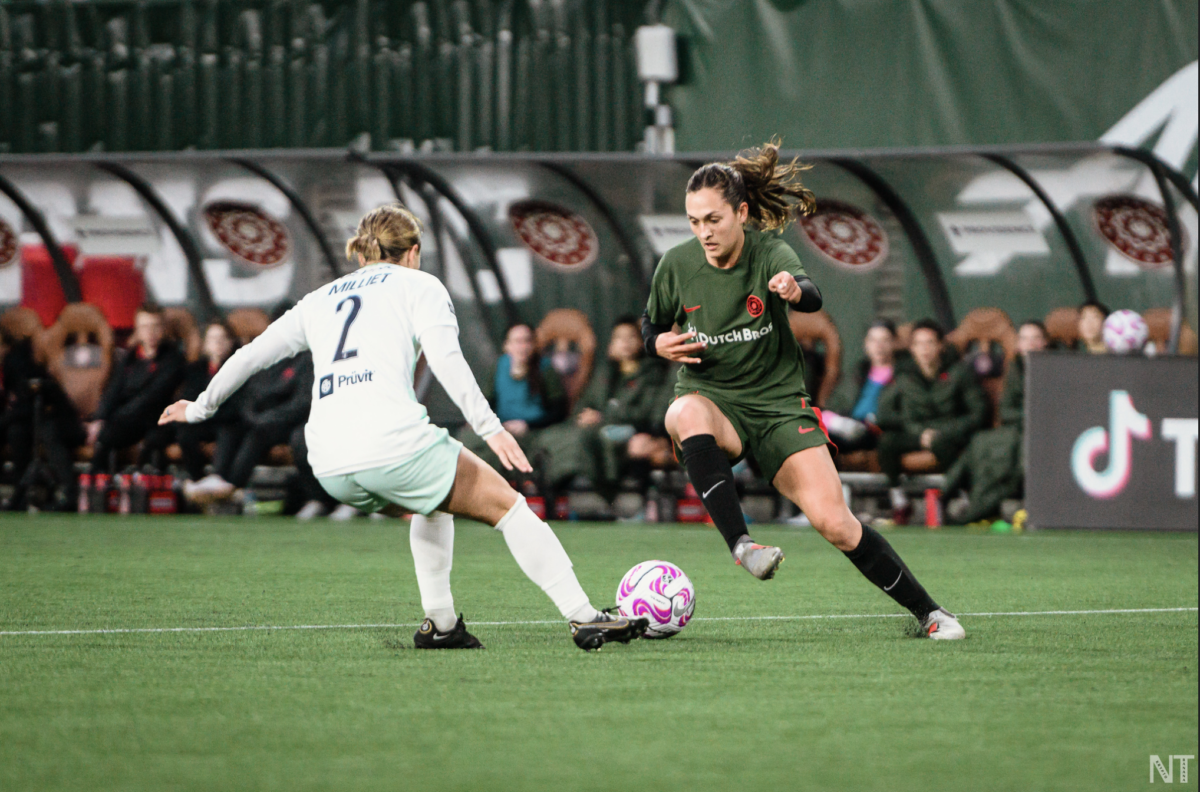

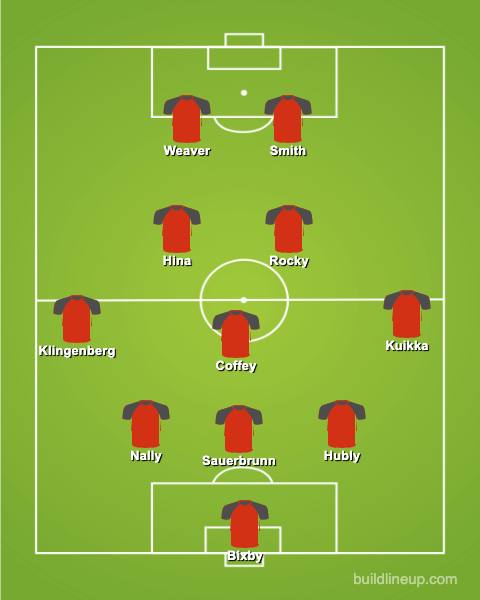
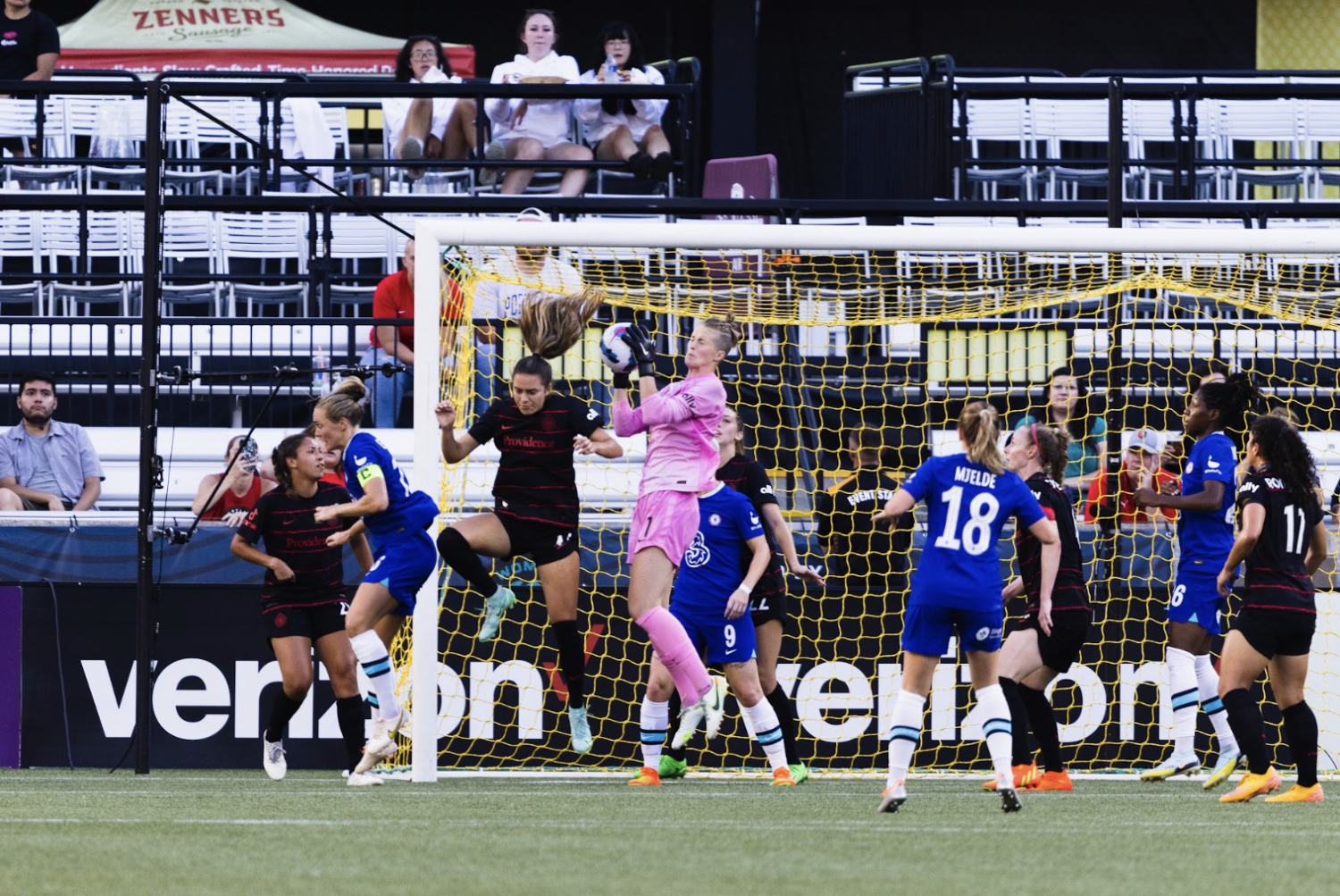
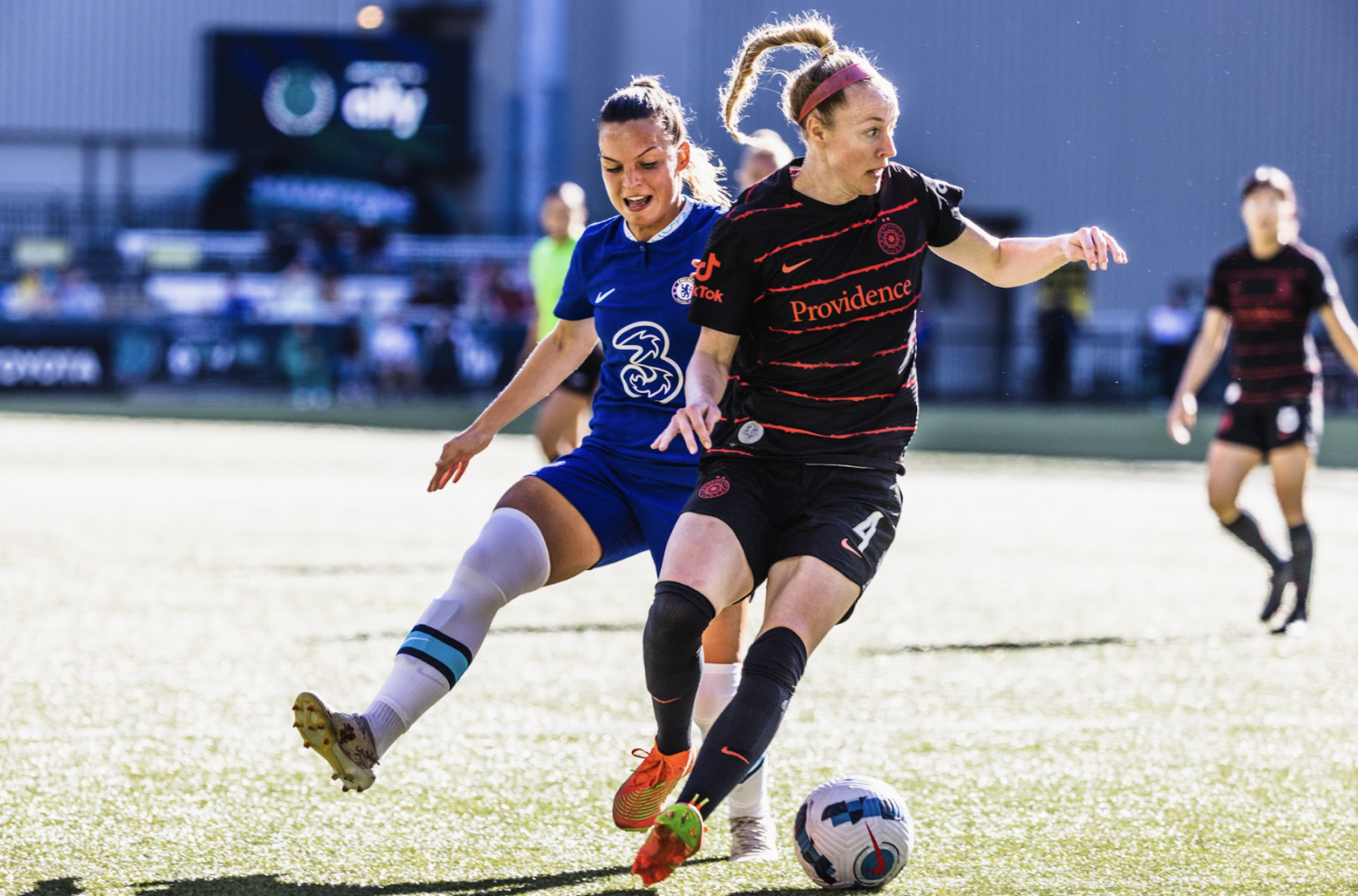
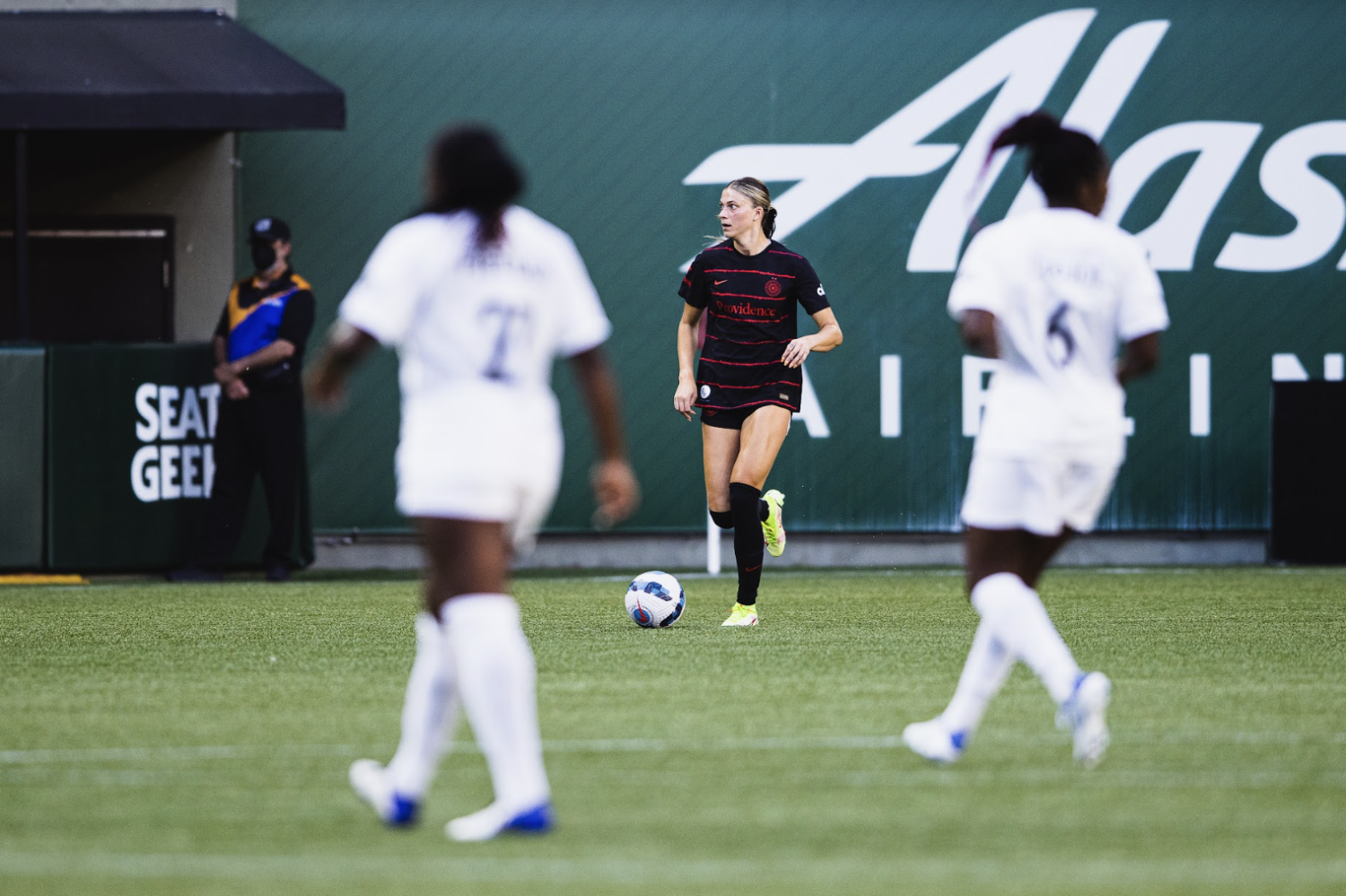
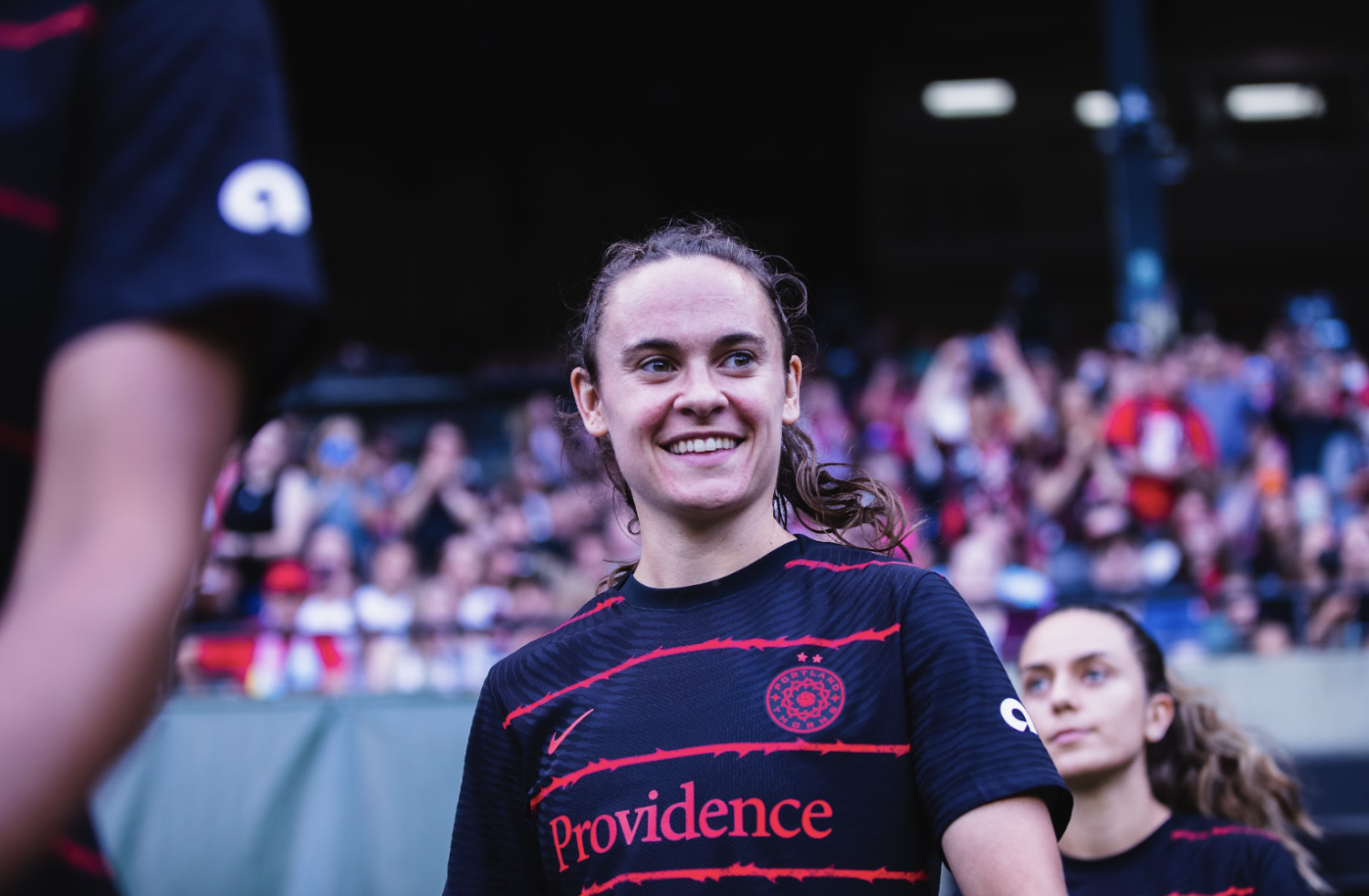

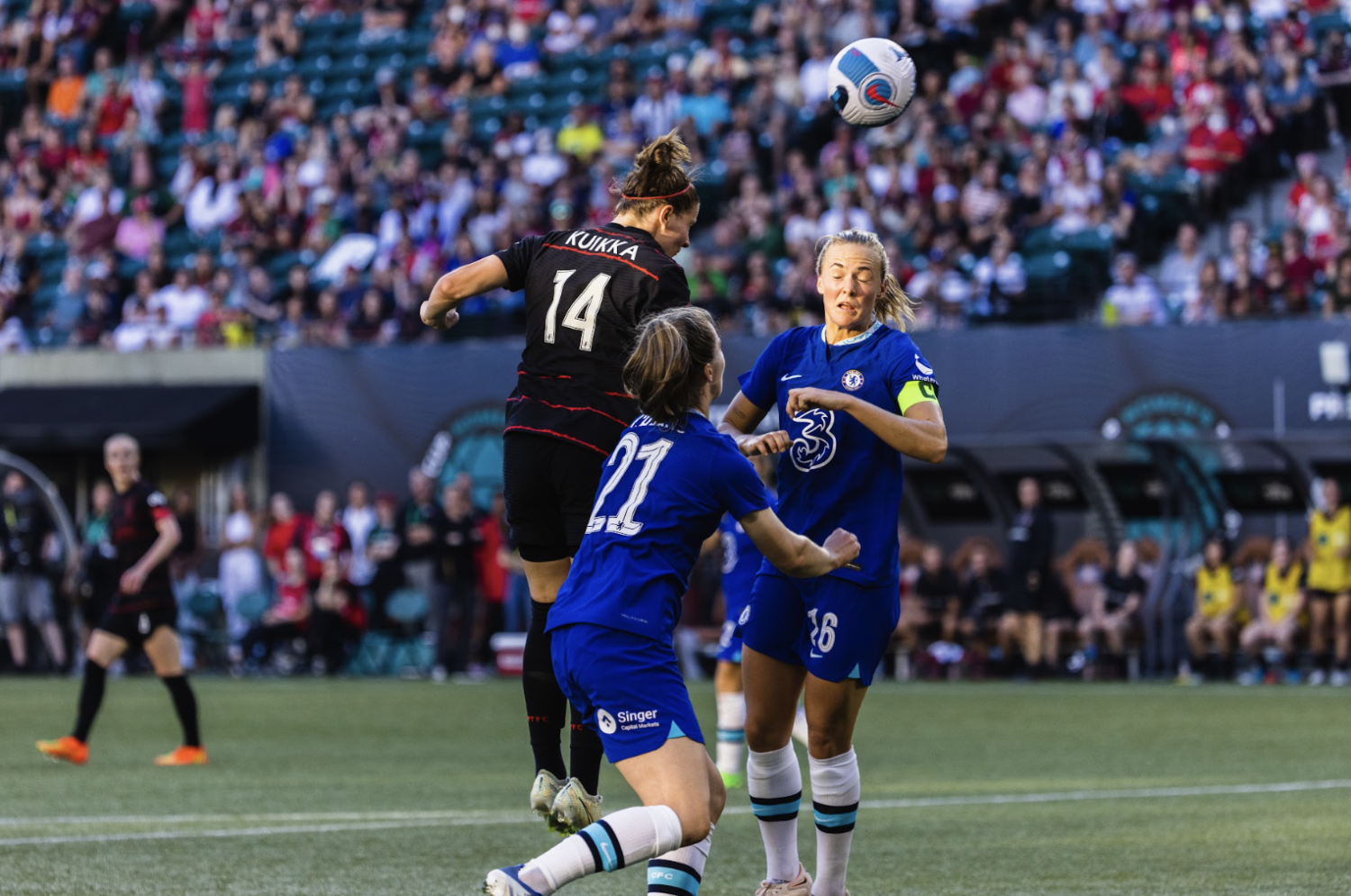
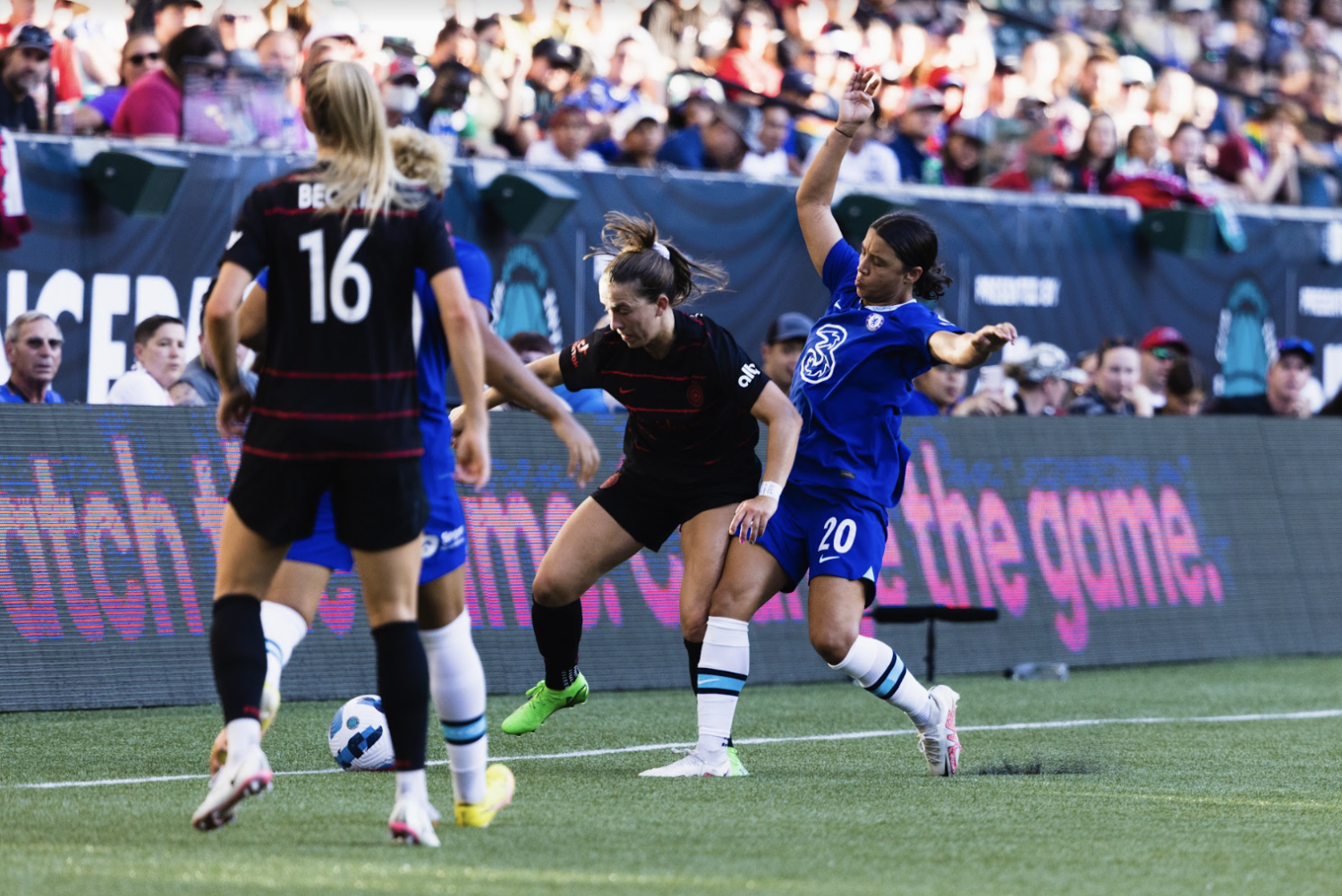
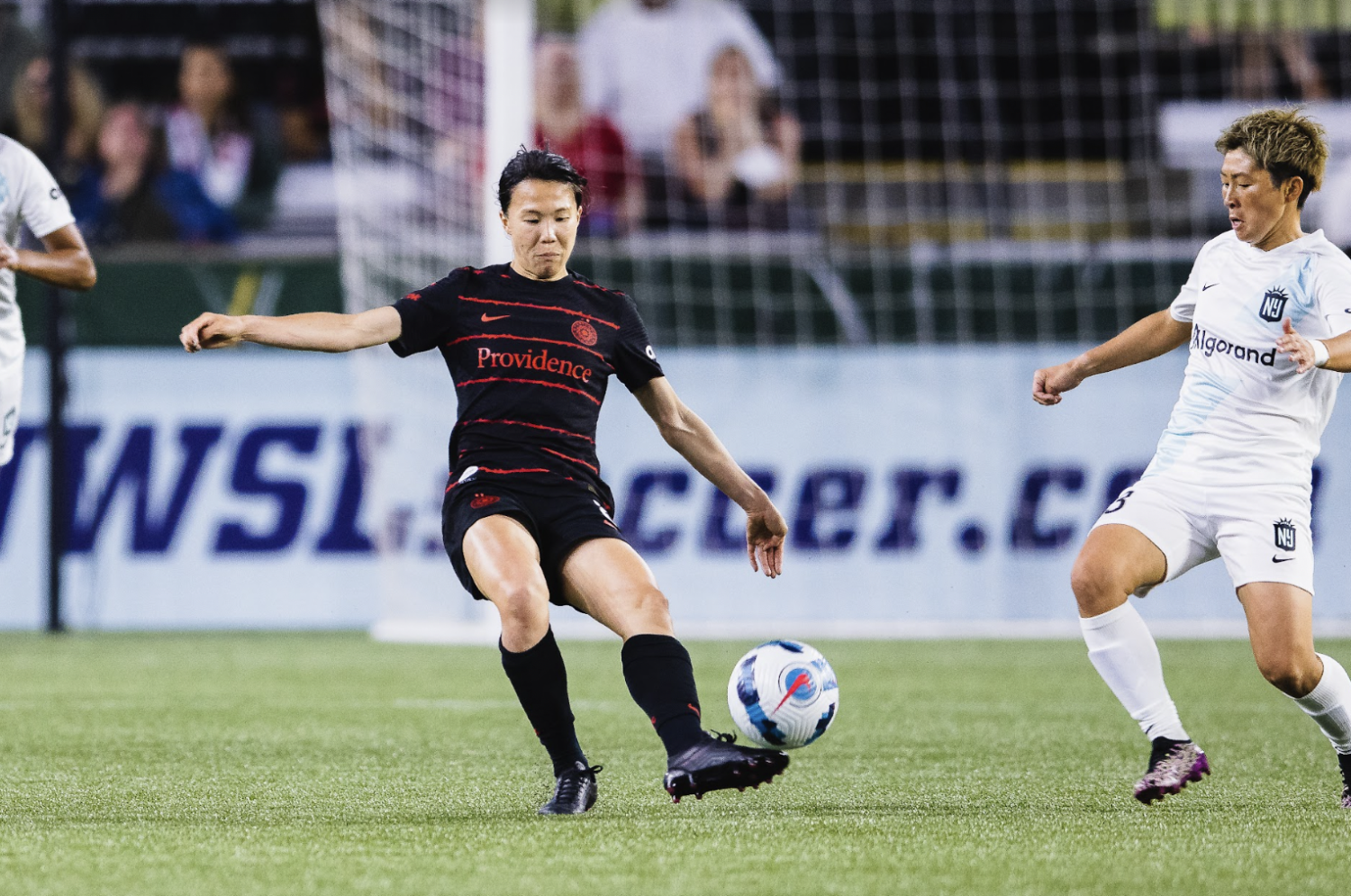
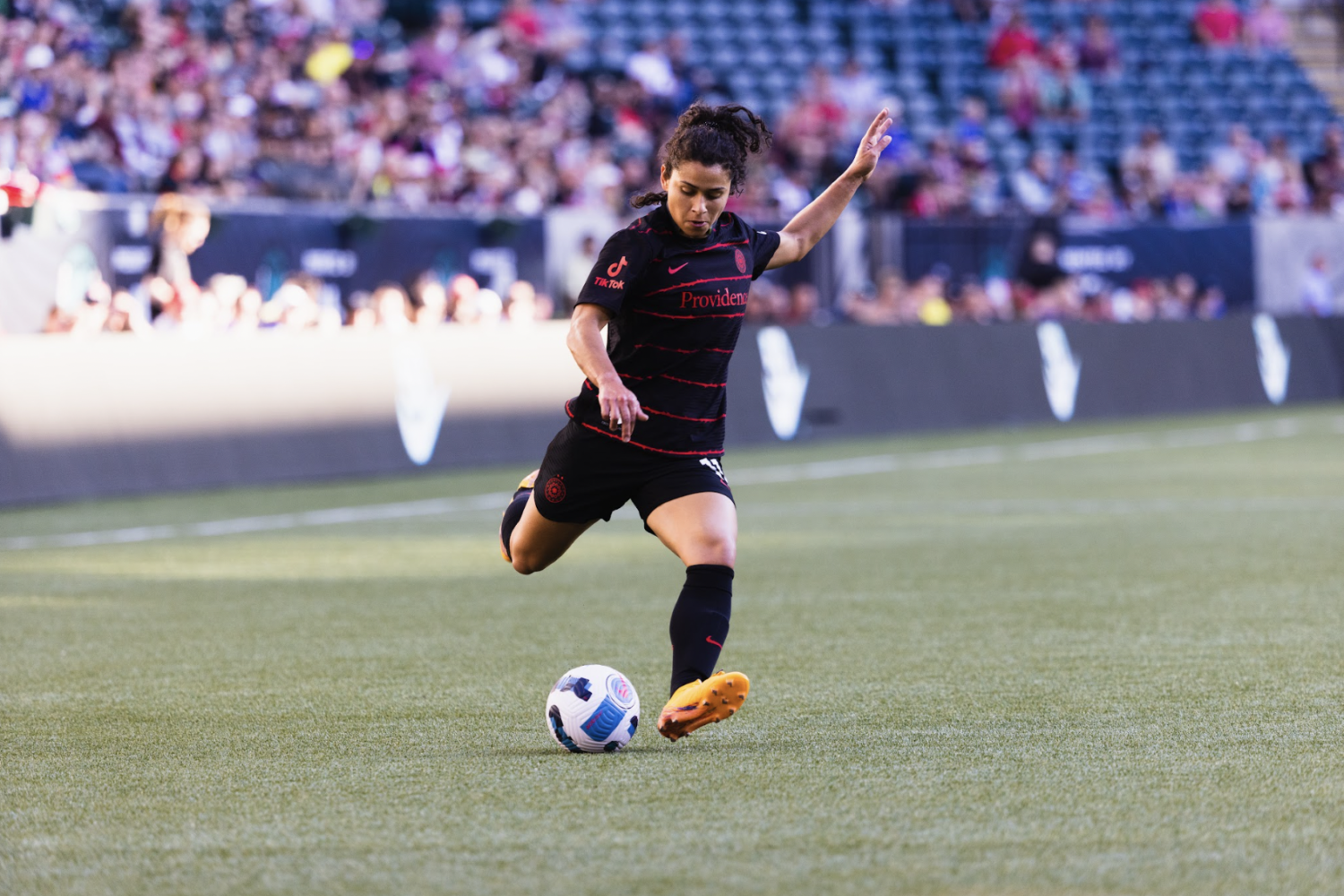
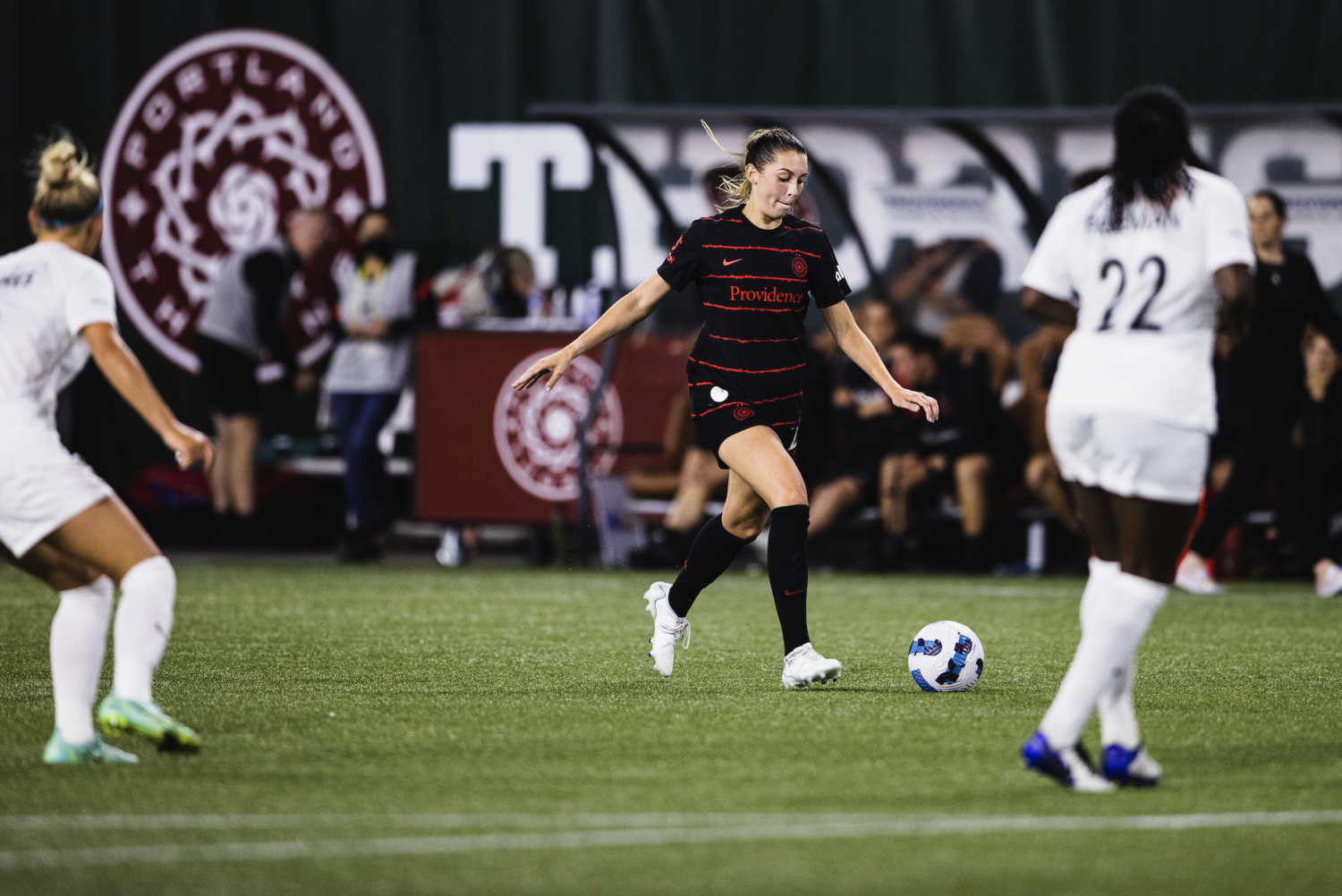
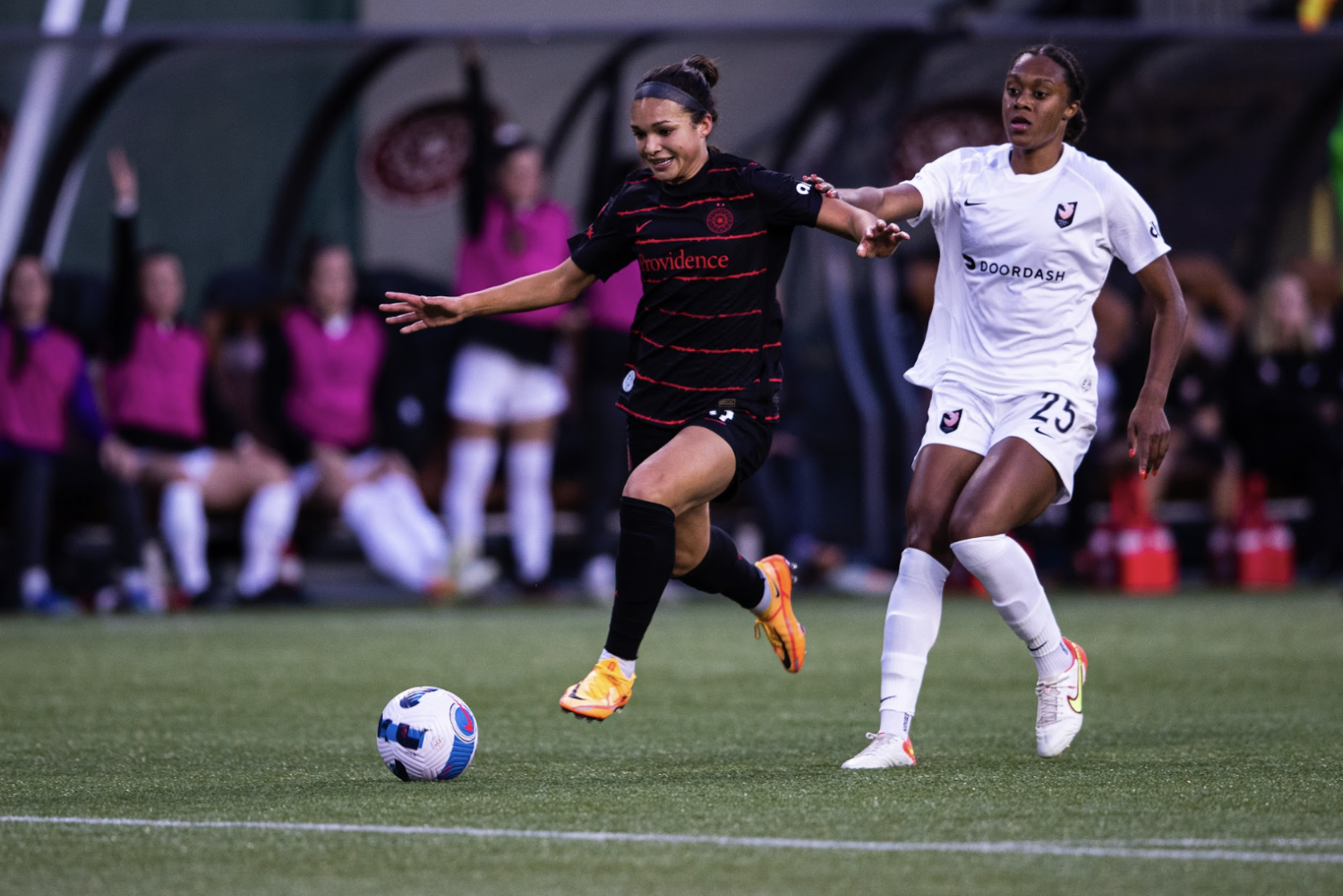
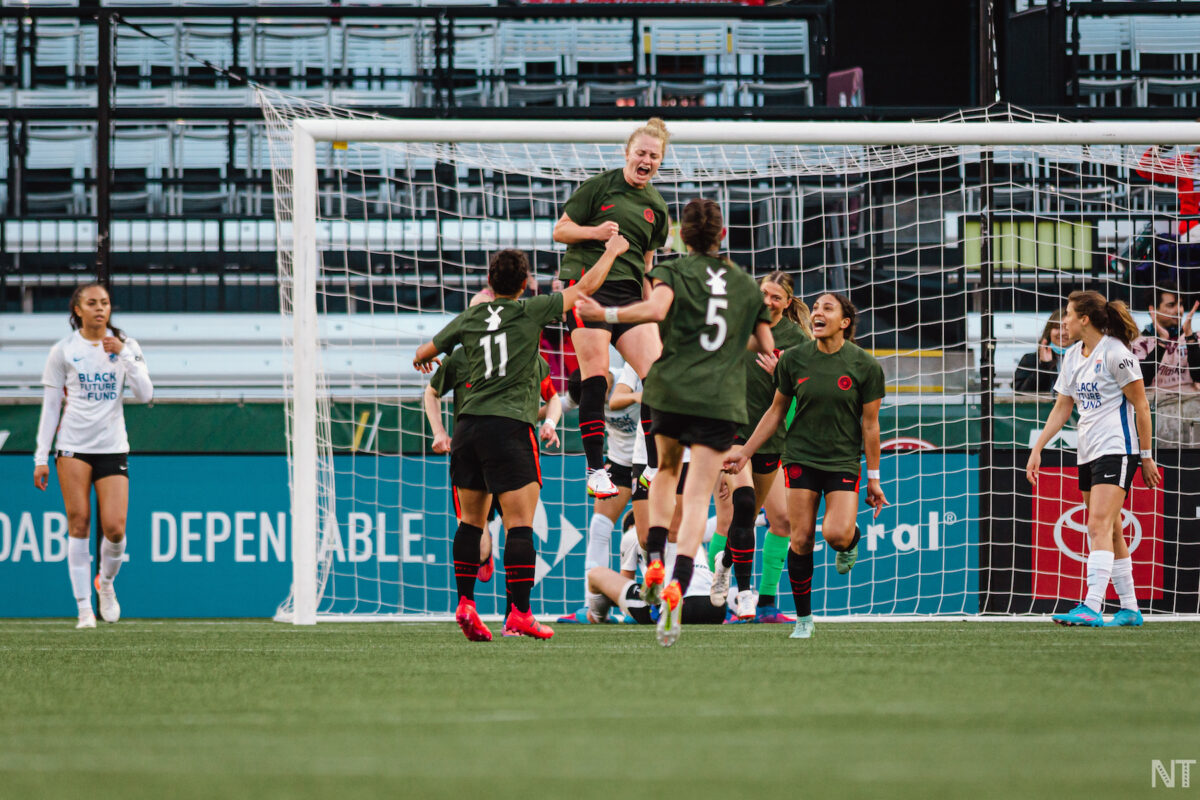

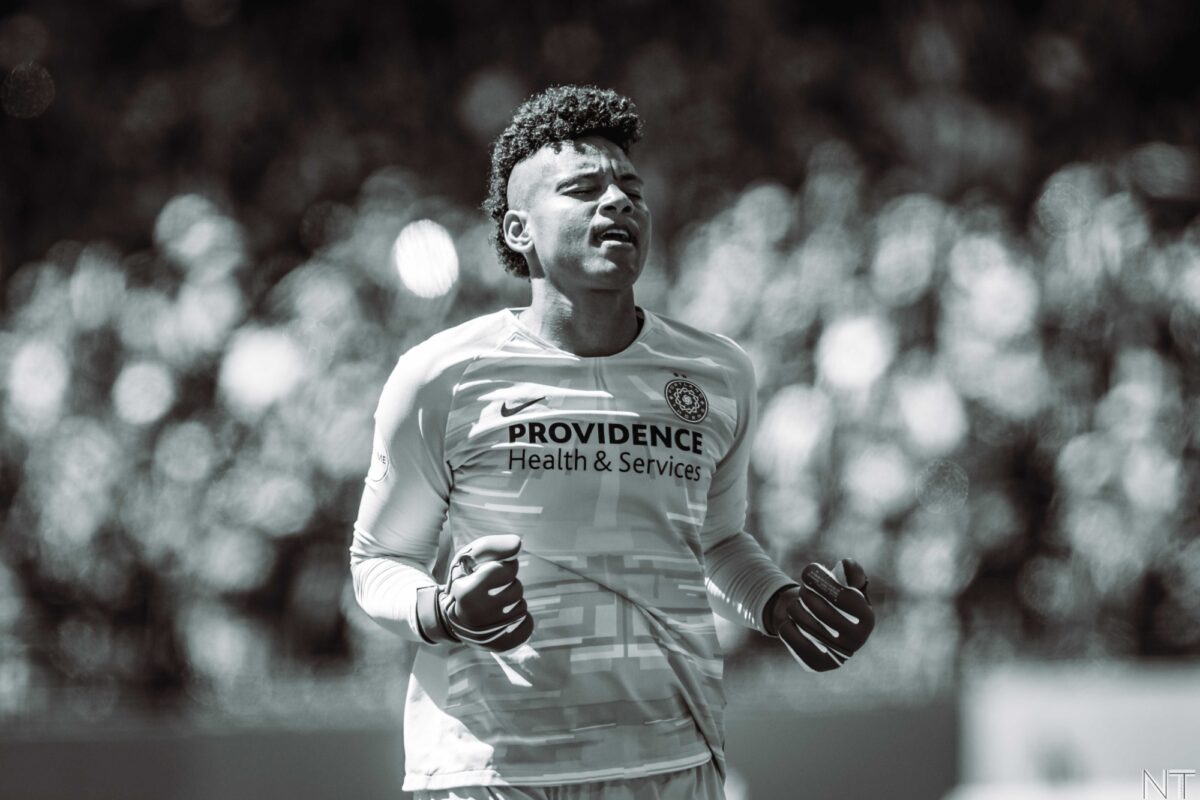
 Unlock with Patreon
Unlock with Patreon